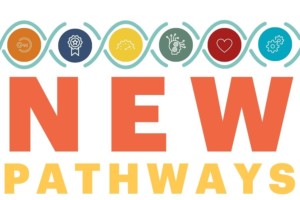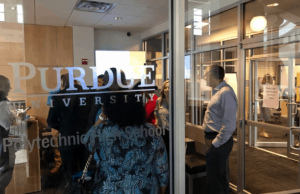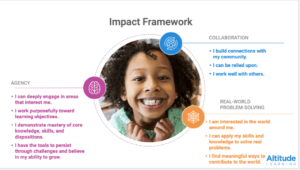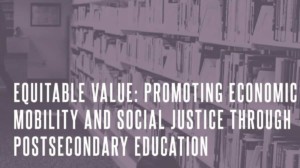Advice to a New Foundation
Launching a new foundation is about the most interesting work in the world. It’s a distinct privilege and a challenge.
The most basic question is the extent to which you want to meet current needs or improve future conditions—charity or impact investing. They are both important but suggest very different strategies. Perhaps you are fortunate enough to do some of both, but don’t confuse the two.
Next you need to pick an impact area. I’m convinced that education is the most important economic, social, civil rights issue that you could focus on. I’m convinced that a good school can do more to change a community than any other intervention (Geoff Canada came to this conclusion after 10 years of building safety nets in Harlem). I’m convinced that education is vital to economic development particularly for developing economies.
If you pick learning as a focus area, the Grantmakers for Education has a good primer that suggests the following questions:
Level of Change: At what level (or societal unit) will your philanthropy work? For example, will you support individuals,build strong organizations, or shape public policy?
Impact: What change do you want to help achieve through your philanthropy? What is the scope and scale of what you hope to accomplish?
Population: Is there a particular age range or special population whose success means a lot to you?
Organizations: What sorts of organizations or projects excite you? Which will advance the work you want to accomplish?
Inside vs. Outside: Will you work for change from inside or outside the education system?
Involvement: How will you give? Can you bring other, non-financial resources to the table?
Results: What are you trying to accomplish through your giving? What would you like to learn? How do you describe success in giving?
To this list, I’d add question about risk profile. Are you willing to risk everything on a long shot or do you want to encourage predictable impact—are you more like a venture investor or private equity investor? Your risk tolerance may dictate whether you are an early stage investor or later stage, for example:
- R&D: high potential impact/high risk
- Scaling: low risk/predictable impact
- Advocacy for public adoption: high potential impact/ moderate to high risk
Examples from investing in education technology is a promising category that illustrates this point:
- R&D: Support plans to develop personalized learning content (with grant to nonprofit or contract to or endowment investment in a for-profit). While this is a fun category, the path to widespread adoption is fuzzy at best. Your investment could be a home run, but without a great plan and team, it’s not likely that you’ll create a great impact.
- Scaling: support efforts to expand tech-rich high school models like Denver School of Science and Technology. Given approval for a few new schools, an investment in DSST is likely to produce measured impact.
- Advocacy: support a campaign to expand online learning. In states with the right conditions, a relatively small investment could produce a new set of opportunities for students. But it could also turn into a long-term slog.
Take as much risk as you’re comfortable with (maybe a little more). Learn from the failure, adjust and try again.
The most important advice is to work on a topic that you’re passionate about—it’s a marathon and not a sprint. Invest yourself and not just your philanthropy.








Lois Leveen
Hi Tom,
Thanks for giving the shout-out to our primer. What we've found is particularly critical for new funders is achieving the right balance between learning about best practices in philanthropy and learning about the critical issues in whatever field they are choosing to fund. Ultimately, funders need both field knowledge and craft-of-philanthropy knowledge to ensure their grantmaking is strategic and capable. The primer, along with our other publications and programs, can provide that core understanding for folks in education philanthropy.
Cheers,
Lois Leveen
[email protected]